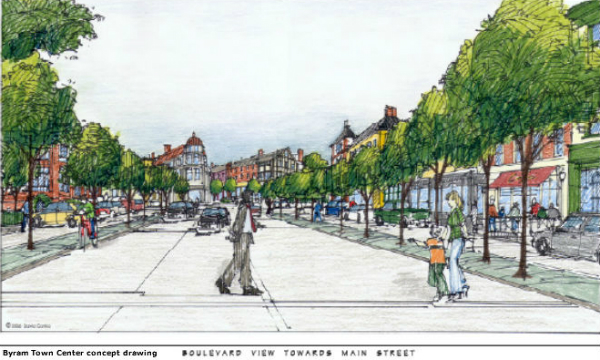 Christie seems hot at the moment, but New Jersey residents don’t have much reason to put our faith in him. Since becoming Governor, Christie has made war on the most vulnerable residents of the state and on the environment, and he is still moving full steam ahead. In fact, the new Master Plan his people are about to approve calls for major development in the same areas recently devastated by Superstorm Sandy. Jeff Tittel, Director the Sierra Club’s New Jersey chapter, shares this chilling thought with a New Jersey public just beginning to grapple with the long-term recovery implications of Superstorm Sandy, “Instead of trying to protect critical infrastructure and site it in safe locations, under this plan, our investments will be washed out to sea or flooded.” Tittle elaborates:
Christie seems hot at the moment, but New Jersey residents don’t have much reason to put our faith in him. Since becoming Governor, Christie has made war on the most vulnerable residents of the state and on the environment, and he is still moving full steam ahead. In fact, the new Master Plan his people are about to approve calls for major development in the same areas recently devastated by Superstorm Sandy. Jeff Tittel, Director the Sierra Club’s New Jersey chapter, shares this chilling thought with a New Jersey public just beginning to grapple with the long-term recovery implications of Superstorm Sandy, “Instead of trying to protect critical infrastructure and site it in safe locations, under this plan, our investments will be washed out to sea or flooded.” Tittle elaborates:
This Plan clearly violates the Highlands, Pinelands, and State Planning Act. If this Plan gets adopted in its current form we plan to challenge it in the courts. This plan ignores science, capacity planning, protection of natural resources, and sound planning. The plan promotes development in the wrong places and does nothing to protect people in the future from flooding, storm surges, sea level rise, and other consequences of climate change. We … hope significant changes are made before it comes before the Commission again.”
We cannot afford to let ourselves be fooled by Christie’s highly theatrical public personna. Transparent government remains a concept anathema to this man and his administration. Tittle told me yesterday, “The Master Plan wasn’t adopted because they violated OPRA and didn’t give 48 hours advance notice of meeting to approve it (and they haven’t yet scheduled a new date).” He adds,
This plan actually promotes growth in areas that have just been devastated by Superstorm Sandy. It designates as priority and alternative growth areas places that are still feeling the aftermath of Sandy and feel time and time again the impacts of flooding. The plan does not exclude environmentally sensitive areas, but actually promotes growth there. Sea Bright, Mantoloking, Bound Brook, Little Ferry, Lincoln Park, Toms River, Seaside, and Wayne are all growth areas under the plan. There is no hazard planning or adaption planning to address storm surges and sea level rise. A study by Rutgers University four years ago found that given the storm surges as a result of climate change, 9% of New Jersey’s land area could be under water. We should be increasing protections in those areas, not promoting more growth.
A NJ Spotlight story quotes Bill Wolfe, director of the New Jersey chapter of Public Employees for Environmental Responsibility (PEER), says: “This plan cannot be a framework for coastal recovery.” He criticized the revision as an economic development strategy that ignores the land-use mandates at the core of the prior state plan. “It’s a wakeup call to deal with global warming,’’ Wolfe said, referring to the storm while suggesting the state needs to set up a coastal commission to oversee the rebuilding of the Jersey Shore.
I’m looking into how New Jersey residents can influence the Master Plan review process at the state and local levels, but it isn’t so easy to understand. Mr. Tittle suggests “Write to the Governor and the State Planning Commission to protest the currently proposed plan.” Watch out for more information – as I find it, I’ll share it.


